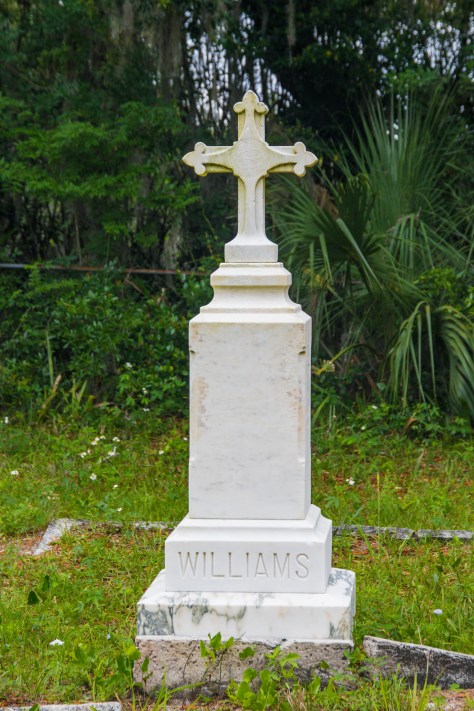
Porterdale Cemetery was the first cemetery for African Americans in Columbus, Georgia. The oldest known burial occurred in 1836. Town plans from 1826 show the cemetery on a map. Initially, it was known simply as the “Colored Cemetery.” It was then named Porterdale after a long serving sexton, Richard Porter.

Many people important to the history of Columbus are buried here. The most famous burial would be Gertrude “Ma” Rainey (1886-1939). She is buried there with several of her family members.
Professor William Spencer was an educator who served as the Superintendent of Colored Schools. He worked to get an accredited Black high school. His dream was realized after his death when Spencer High School was opened and named in his honor.

This was the oldest marker I photographed. It says, “Little Jenny, Kizzie’s Baby. May 30-Sept. 19, 1858.” In 1860, there were only 141 free Black people listed in the census. There were 3,547 enslaved people listed. The fact that there is a marker could mean “Little Jenny” was born free. However, it seems more likely that since a last name was not included, Kizzie was likely enslaved.

CME preacher Reverend Washington “Old Wash” Allen was born in South Carolina. In 1936, he was interviewed as part of the Slave Narratives Project. His interview can be read on the Library of Congress’s website.

Robert Booth (1867-1931) was the Past Master of the Lewis Hayden Lodge No. 6, Prince Hall Affiliated.

This bench honors the Charleston family. Samuel Charleston was an educator and activist.

Julius Wise served in the 24th Infantry. For more history on the 24th Infantry and Black soldiers, this website provides an excellent introduction.



Additional land was added to the cemetery. A grove of trees separates it. This section includes a “Babyland” section, where many infants and young children are buried. There are also several vernacular markers. On my last visit to the cemetery in 2021, there were many newly buried graves. I assume that they were for people who died of COVID.






















































